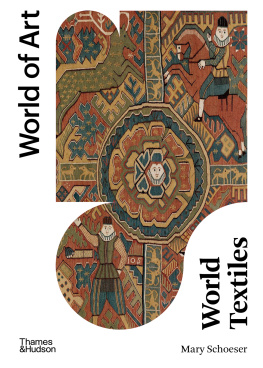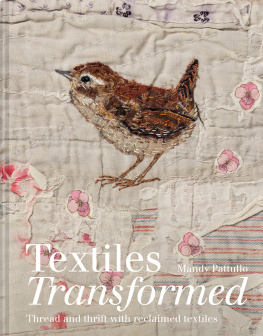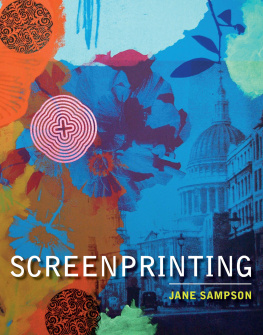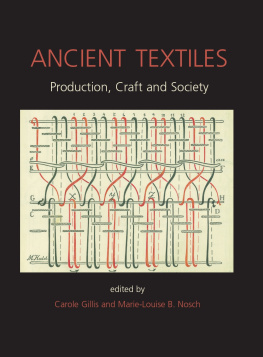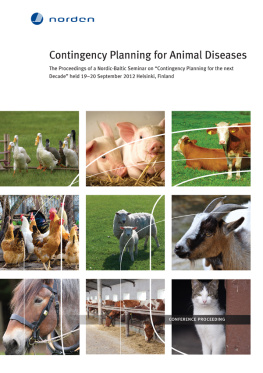Westergaard - Screenprinting on Textiles
Here you can read online Westergaard - Screenprinting on Textiles full text of the book (entire story) in english for free. Download pdf and epub, get meaning, cover and reviews about this ebook. year: 2020, publisher: Crowood, genre: Home and family. Description of the work, (preface) as well as reviews are available. Best literature library LitArk.com created for fans of good reading and offers a wide selection of genres:
Romance novel
Science fiction
Adventure
Detective
Science
History
Home and family
Prose
Art
Politics
Computer
Non-fiction
Religion
Business
Children
Humor
Choose a favorite category and find really read worthwhile books. Enjoy immersion in the world of imagination, feel the emotions of the characters or learn something new for yourself, make an fascinating discovery.
- Book:Screenprinting on Textiles
- Author:
- Publisher:Crowood
- Genre:
- Year:2020
- Rating:4 / 5
- Favourites:Add to favourites
- Your mark:
- 80
- 1
- 2
- 3
- 4
- 5
Screenprinting on Textiles: summary, description and annotation
We offer to read an annotation, description, summary or preface (depends on what the author of the book "Screenprinting on Textiles" wrote himself). If you haven't found the necessary information about the book — write in the comments, we will try to find it.
Screenprinting on Textiles — read online for free the complete book (whole text) full work
Below is the text of the book, divided by pages. System saving the place of the last page read, allows you to conveniently read the book "Screenprinting on Textiles" online for free, without having to search again every time where you left off. Put a bookmark, and you can go to the page where you finished reading at any time.
Font size:
Interval:
Bookmark:

SCREENPRINTING
ON TEXTILES
The Complete Guide
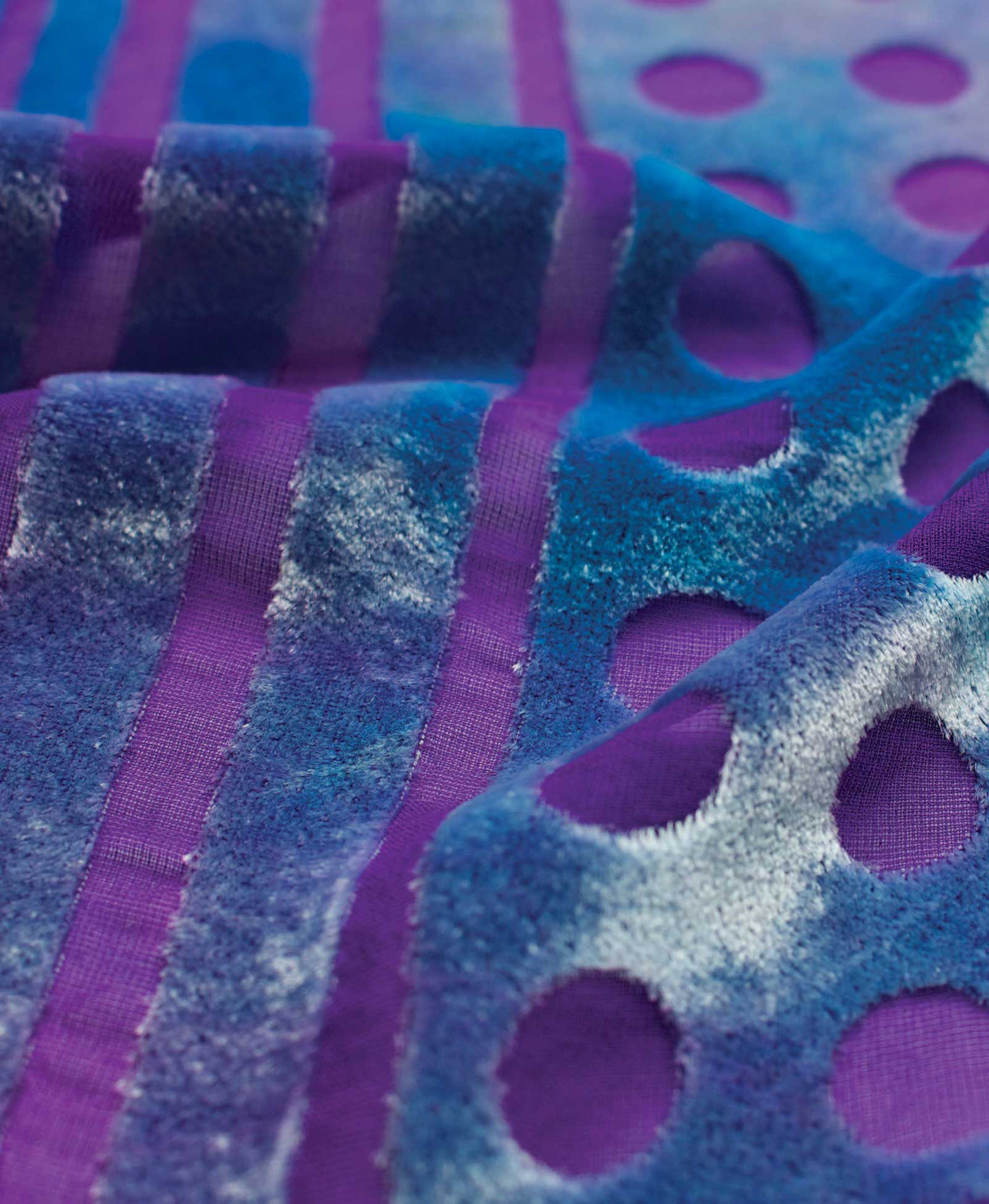
SCREENPRINTING
ON TEXTILES
The Complete Guide
Sue Westergaard

First published in 2020 by
The Crowood Press Ltd
Ramsbury, Marlborough
Wiltshire SN8 2HR
www.crowood.com
This e-book first published in 2020
Sue Westergaard 2020
All rights reserved. This e-book is copyright material and must not be copied, reproduced, transferred, distributed, leased, licensed or publicly performed or used in any way except as specifically permitted in writing by the publishers, as allowed under the terms and conditions under which it was purchased or as strictly permitted by applicable copyright law. Any unauthorised distribution or use of this text may be a direct infringement of the authors and publishers rights, and those responsible may be liable in law accordingly.
British Library Cataloguing-in-Publication Data
A catalogue record for this book is available from the British Library.
ISBN 978 1 78500 754 5
Introduction
T he basic principles of screenprinting on fabric are simple but what can be done with it is almost infinite. This book aims to help and inspire the endlessly exciting journey of finding out how you, as a designer or artist, can use screenprinting techniques on cloth. It follows the process from beginning to end: setting up a print space; creating images and designs to print; getting them on screen; the practicalities of the printing process; and ways of finishing off and mounting textile pieces. It describes how screenprinting can be used in the real world from being a designer/maker through to working in the commercial world, ending with a series of snapshots showing ways that textile design and print is used in real life.
It is intended to be of use both to beginners and to experienced designers and printers. In the arts, even when going over the tried and tested, there is almost always some sort of tip to be picked up, an unfamiliar idea to be built on or a difference of approach to be inspired by. Textile design and print is no different. With this in mind the book not only deals with contemporary printed textile print practice, with its digital input and sophisticated technologies, but also reminds the reader of techniques that exploit practical skills and simpler tools: processes ready for a new textile audience.
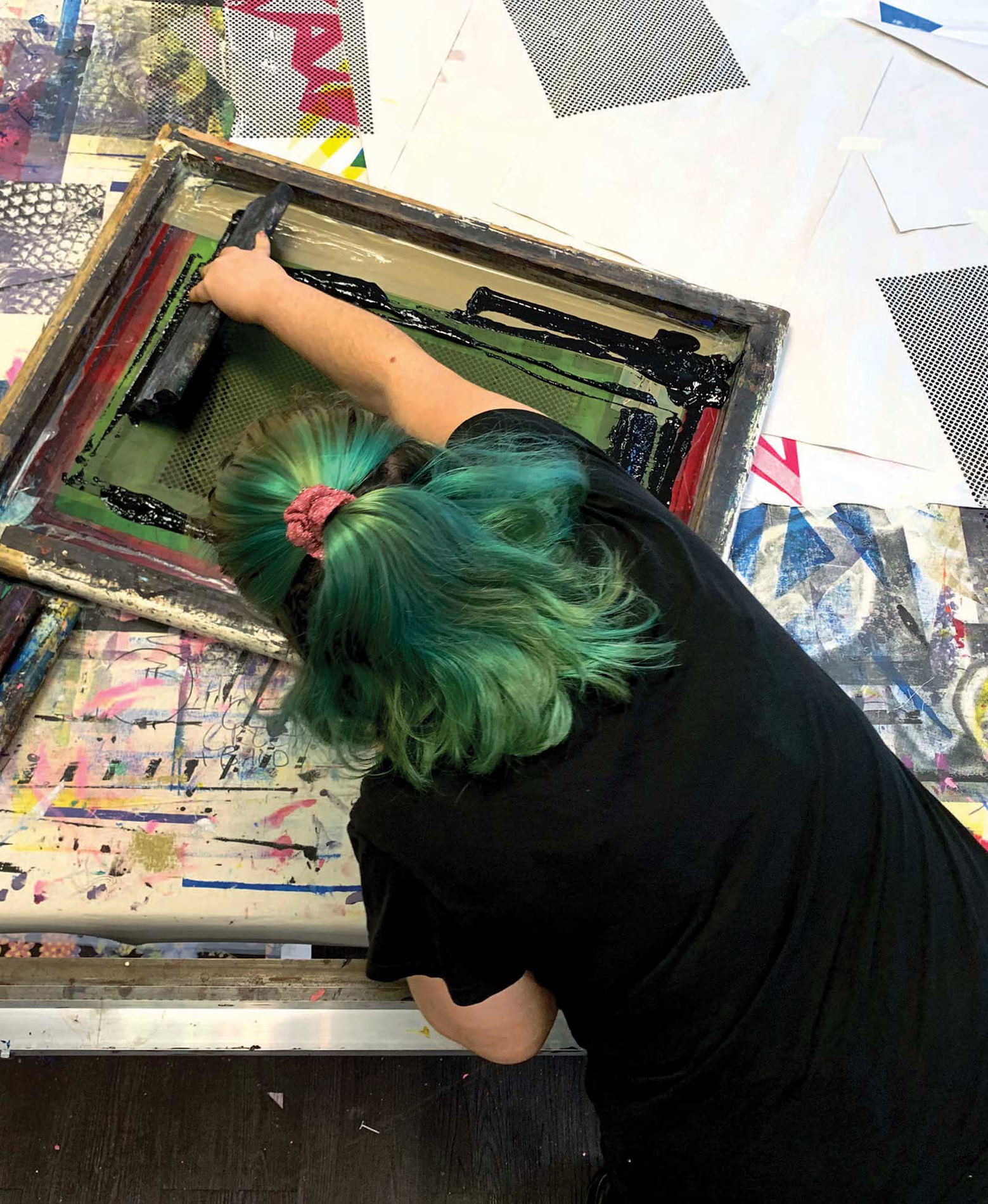
Alice Idriss, mid-print.
CHAPTER 1
Printing on Textiles the Basics
S creenprinting is actually just a sophisticated way of using stencils. The screen is made up of a sturdy wooden or metal frame with a fine fabric or metal mesh stretched taut across it. A stencil is made on the mesh by blocking the holes in selected areas and leaving others unblocked. Printing is usually done with a squeegee a rubber blade held in a wooden, metal or plastic handle, which is used to push a print medium through the open parts of the screen mesh onto whatever is being printed. Different stencils, on a series of screens, can be over-printed on top of one another to create multi-layered, multi-coloured and multi-textured images or designs.
In theory this is a simple process, but as with many a simple process, the possibilities of what can be done with it are enormous, exciting and almost boundless. In this book we offer a technical and creative guide to exploring the ways of using screenprint on fabric. We also touch on other methods of dyeing, printing and mark-making on fabric, which can be used in conjunction with screenprinting.
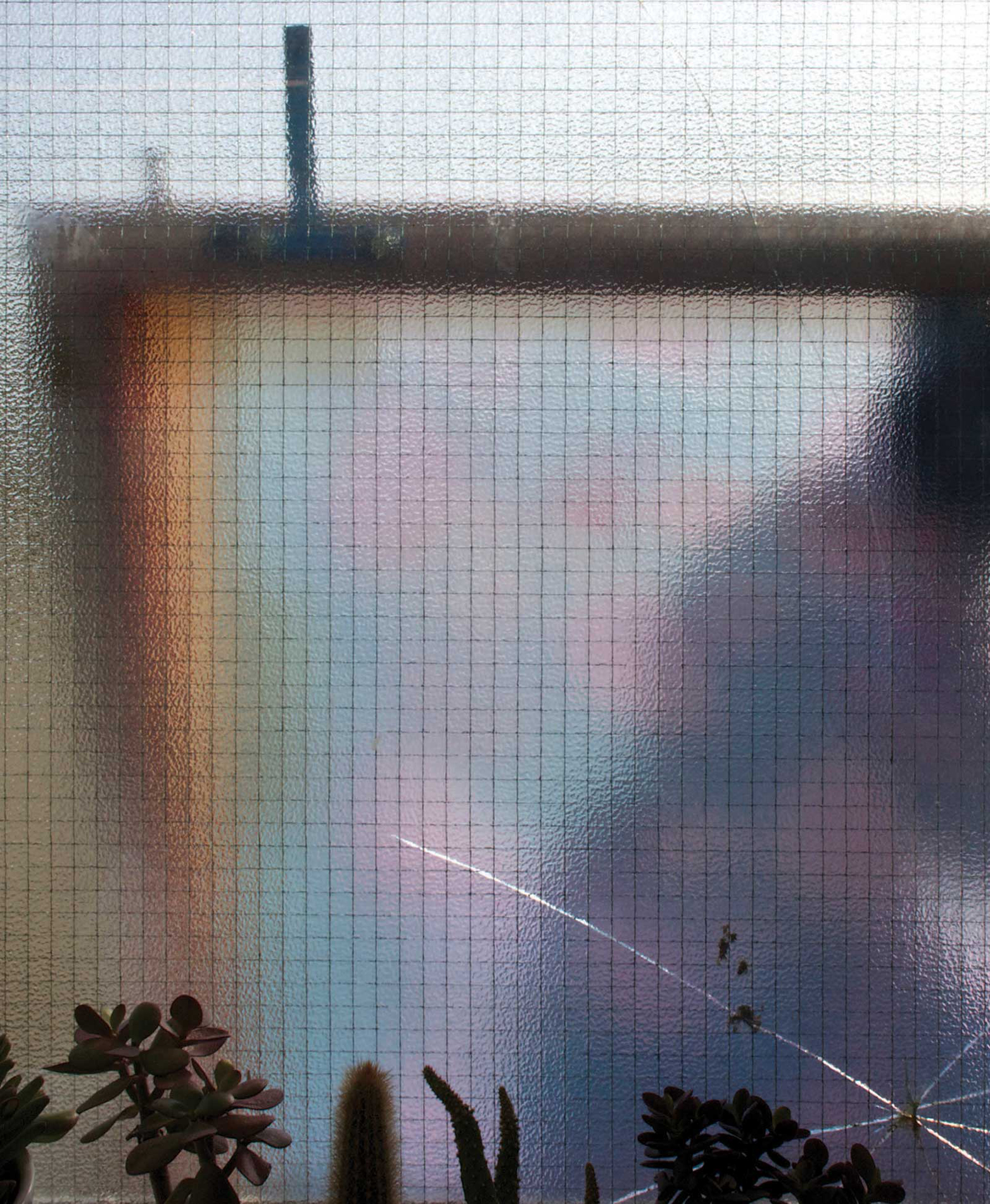
A screen being cleaned outside at the Fable & Base Workshop.
In the commercial world screenprinting is used to cover acres of fabric in repeating patterns and to create multiples of the same thing T-shirts for example. For the designer, the maker or the artist, it can become even more a vibrant, living element in the creative process, a method of exploring what designs and imagery can become. It can be used to play with what can be done with repeat and pattern, to discover the effect of different colours and test how these might work on different surfaces and varying fabrics.
The purpose of this book is to help and inspire you through this process. You will discover various strategies for creating images and patterns to print, how to get them on screen, which dyes or chemicals to print with, on which fabrics, and how the whole process gels with both the aesthetic and tactile qualities of the fabric. The possibilities really are vast, but exciting, so let us begin at the beginning
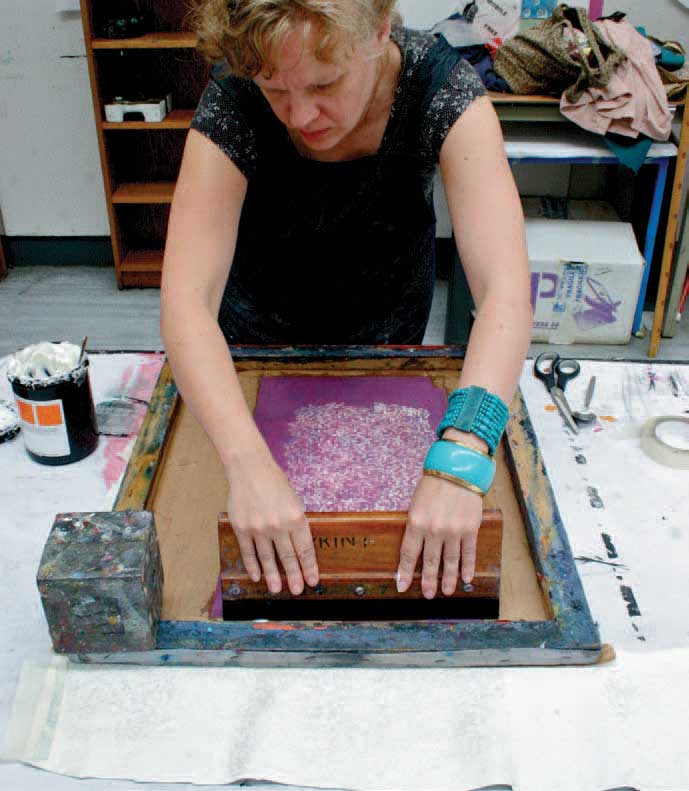
Esther Smith printing leather pieces on a sampling table.
This chapter aims to provide the groundwork for printing on textiles, outlining what screenprinting is, and introducing the possibilities of what can be done with it on cloth. It starts with the fundamental practicalities of screenprinting on cloth: aspects such as sourcing screens, choosing the mesh count of your screen, and what that means in terms of printing, stretching them, preparing them for use and looking after them.
It goes on to talk about the workspace (the place to design and print in) and gives examples of how artists and designers have set up their own print rooms.
The origins of screenprinting lie in tenth-century China, although it was developed and refined over the years by the Japanese. It came to Europe in the late eighteenth century, but did not become widely used until the beginning of the twentieth century, finally patented as an industrial technique around 1907 when it was used for printing wallpapers and fine fabrics. Gradually the process was appropriated by artists, designers and crafts people. During the 1930s it was used as an art or craft process and renamed serigraphy. In many countries it is still commonly called that, although in the UK and USA screenprinting is more usual. Historically screens would have been made using a fine silk mesh, hence the use of the phrase silk-screen in reference to this type of printing.
Its use in mainstream textile print, by innovative designers such as Lucienne Day, and printers like Zilka Ascher (who collaborated on textile designs with artists like Henry Moore) fed into its explosion in the 1960s as a fine art and graphics medium. At the same time, industrial processes in textile print were moving forward with the breakthrough development in 1960 of a rotary multicolour garment screenprinting machine by the American entrepreneur, artist and inventor Michael Vasilantone. Developments continued both industrially and as a craft process. Now it is one of the most commonly used print techniques in the world, used on a massive scale in commercial textile printing, but equally by the small-scale hobbyist and home printer, as well as everything in between.
WHAT TO PRINT WITH: THE SCREEN AND SQUEEGEE
Font size:
Interval:
Bookmark:
Similar books «Screenprinting on Textiles»
Look at similar books to Screenprinting on Textiles. We have selected literature similar in name and meaning in the hope of providing readers with more options to find new, interesting, not yet read works.
Discussion, reviews of the book Screenprinting on Textiles and just readers' own opinions. Leave your comments, write what you think about the work, its meaning or the main characters. Specify what exactly you liked and what you didn't like, and why you think so.



